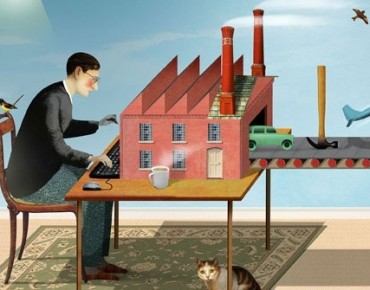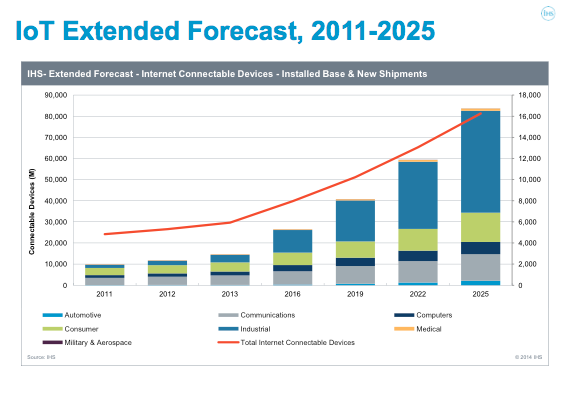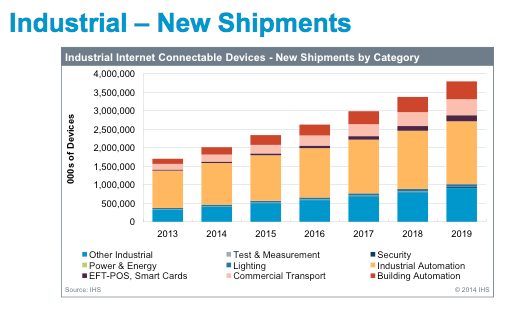Is the IoT Really ‘Internet of Sensors’?

A contrarian view of the conceptual framework known as the Internet to Things asserts that it should really be called the Internet of Sensors. "Companies that embrace the IoS and not the IoT will be the winners in the connected world," claims the U.K.-based technology and development organization called The Technology Partnership.
TTP's argument in a nutshell is this: "The IoT is, to a large extent, a solution looking for a problem, rather than the other way round. There’s simply no point in objects talking to each other just for the sake of it and the IoT only provides the communications backbone. An Internet of Sensors looks more like the roots of a tree, with sensors of all types at the extremities, capturing and feeding data upwards to the main trunk—the Internet.
Based in Cambridge, the outfit also dismisses the steady drumbeat promoting the IoT as the next big thing. “The IoT hype is supported by silicon vendors eager to dream up new applications for chips,” asserts Steve Taylor, a TTP senior consultant.
Others have said as much. Thomas Conte, the Georgia Tech engineering professor co-chairing the IEEE's Rebooting Computing initiative, noted that chipmakers like Intel are promoting the IoT as a way to sell more chips that would add intelligence to IoT devices.
Conte agrees that applications should drive what the IoT infrastructure—and with it, the future of computing.
Which brings us back to the IoS, which looks pretty much like machine-to-machine (M2M) communications. Industry analysts generally define M2M as a subset of the IoT. They also consider it one of the best places to start in transforming the Internet of Thing/Sensors, or whatever you want to call it, from a conceptual framework to the next version of what the Internet turns out to be.
Bill Morelli, research director for IoT and M2M at market analyst IHS Technology, argues that the IoT is not strictly M2M, but also includes machine-to-people and vice versa along with machines- and people-to-objects.

Source: IHS Technology
This, Morelli says, "creates the ability to collect data from a broad range of devices" and that "data can be accessed via the cloud and analyzed using big data techniques."
TTP's Taylor agrees that there is much data that are not being "listened to," especially in the industrial sector where many observers think the IoT/IoS will initially take off. "Certainly there is a need to pump more data to the cloud, to gain greater insight into systems and how they perform in reality,” says Taylor. “This information is extremely valuable, particularly if you can blend local sensor data with historical data."
IHS is bullish about the industrial sector as a driver of industrial – Internet connectable devices. "A trend to seek efficiency in manufacturing and commerce is driving demand for more intelligent strategies which is in turn driving a trend toward connected devices growth," Morelli said in a recent presentation.

Source: IHS Technology
"This trend is related to the growth of integrated intelligence, sensor networks, asset tracking, Internet connectivity, M2M communications and energy measurement and management, which in turn is driving growth in IP connectivity for this sector," he added.
Predicts Taylor, "It's those who think first about real world information and to capture and harness it" who will leverage his organization's vision of the Internet of Sensors.
Related
George Leopold has written about science and technology for more than 30 years, focusing on electronics and aerospace technology. He previously served as executive editor of Electronic Engineering Times. Leopold is the author of "Calculated Risk: The Supersonic Life and Times of Gus Grissom" (Purdue University Press, 2016).










